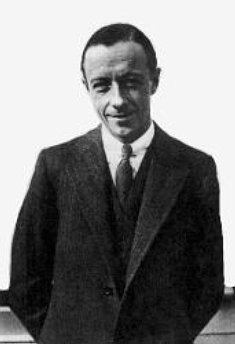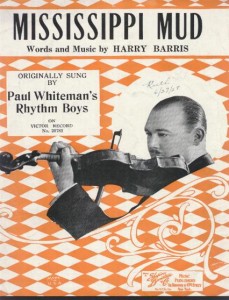Jazz blossomed into a golden age in the 1920s, and three men with talent to spare left an indelible mark on its repertoire. One was a show-biz wonder with a big personality. Two wrote for Broadway. All three turned out huge hits that remain jazz standards today.
"Tea for Two"
Vincent Youmans had a high
success rate when it came to
writing hit songs. Some 20
percent of the tunes he composed
went on to become lasting
hits, like his torchy ballads,
"Time on My Hands" and "More
Than You Know." As highly
regarded on New York's music
scene in the 1920s as George
Gershwin, Youmans and
Gershwin often competed for the
same work. But Youmans was only
27 when his stage musical
No, No, Nanette took
him to the top, becoming the
hottest musical comedy of the
Jazz Age in both Europe and
America. In 1933 he received an
Oscar nomination for Best Song,
writing "The Carioca" for the
score of the first 'Fred and
Ginger' movie musical,
Flying Down to Rio.
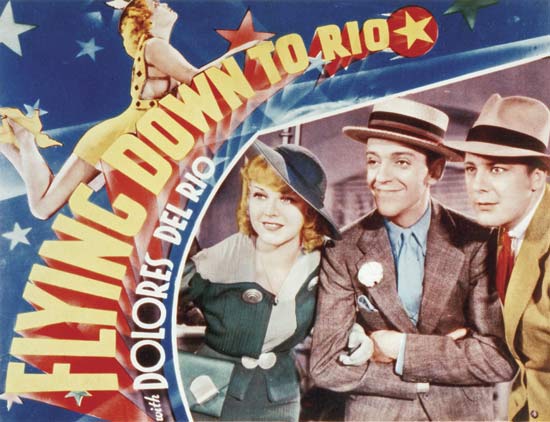
Lobby card from the 1933 film Flying Down to Rio. Image courtesy Britannica.
Vincent Youmans tasted success early, but his life was short and in many ways sad. His tragic flaw appears to have been his burning desire to be respected for writing 'serious' music—not just show tunes. And he wasn’t content to be a composer. His efforts at becoming a producer and theater owner eventually bankrupted him. Though he was one of the least recognized of America’s Golden Age songwriters when he died at the age of 48, his songs—like "Tea for Two" and "I Want to Be Happy"—rose to the top of the list of popular jazz standards.
"Body and Soul," The
Gold Standard
A stylish Harvard man in the
late 1920s Johnny Green was
writing dance arrangements for
the Guy Lombardo Orchestra when
he composed his first hit,
"Coquette." A jazz standard
today, it’s been recorded by a
slew of jazz artists, including
Bix Beiderbecke, Sidney Bechet
and, more recently, George
Shearing. Another popular Johnny
Green hit song is "I Cover the
Waterfront," made famous in the
30s by Billie Holiday.
Green hit a grand-slam home run in 1929—when he was only 20—with his song "Body and Soul," which went on to become the most recorded jazz standard of all time. "Body and Soul" topped the charts for six weeks the first time it was recorded. Louis Armstrong, Red Allen and Benny Goodman all made their own recordings of the tune, but it’s Coleman Hawkins’ 1939 track that remains the iconic rendition.
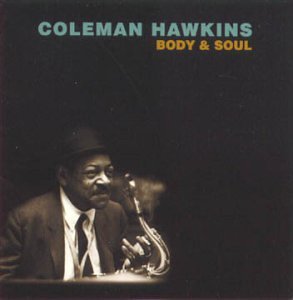
Coleman Hawkins iconic "Body & Soul." Image courtesy Wikimedia.
Johnny Green went on to win five Oscars, a Grammy, a Golden Globe and was inducted into the Songwriters Hall of Fame. He wrote hit songs for Broadway and was the bandleader on Your Hit Parade in its heyday as the top radio series in the country. In the 40s he turned to film and became a staff composer and conductor at MGM—the hub of Hollywood musicals. In the 1950s Green branched out into composing for television.
Writing Hits for Bing
Harry Barris sprang on the scene
as the living stereotype of a
1920s' jive-talking jazzman.
Dark hair slicked-back and
parted in the middle, he cracked
jokes and banged the lid of the
piano as he sang his
show-stopping novelty songs that
had the audience 'tied in
knots.'
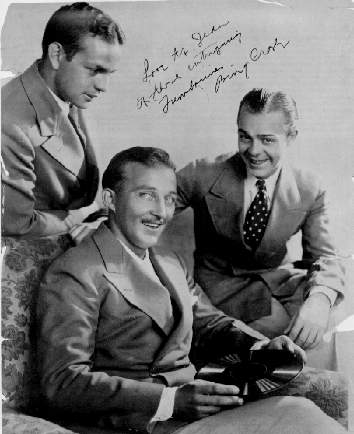
Rhythm Boys: Al Rinker, Bing Crosby, Harry Barris. Photo courtesy Metropolitan College, Kansas City.
But there was more to Barris’ songs than Roaring-20s' 'razz-ma-tazz.' Several found their way into the pantheon of jazz standards. Jazz Age cornet legend Bix Beiderbecke was among the artists to record Barris compositions like "Wa Da Da" and "Mississippi Mud."
Harry Barris had a big personality that sometimes got him in trouble—and at other times, got him breaks. Brought in to revive Paul Whiteman’s flagging vocal group, the Rhythm Boys, Barris’ slapstick comedy combined with the vocals of Al Rinker and Bing Crosby made the group a star attraction. When the Rhythm Boys’ love of partying got them in trouble with Whiteman they moved on to a gig at Los Angeles' chic nightspot—Coconut Grove—where there was a broadcast hook-up. It wasn’t long before Bing Crosby’s mellow tones, fronting the Rhythm Boys, were heard across California.
Success ultimately spelled the end of the Rhythm Boys. Though Bing Crosby left to pursue stardom as a solo act, Harry Barris continued to compose songs for Bing and wrote his first big solo hit, "I Surrender, Dear."
This week it's the music of songwriters Vincent Youmans, Johnny Green and Harry Barris; as special guests Shelly Berg and Dick Hyman join The Jim Cullum Jazz Band on piano and Topsy Chapman, Marty Grosz and Carol Woods handle the vocals.
Photo credit for Home Page: Flying Down To Rio poster. Image courtesy Britannica.
Text based on Riverwalk Jazz script by Margaret Moos Pick ©2010


